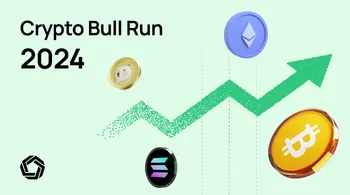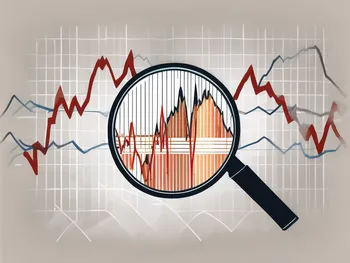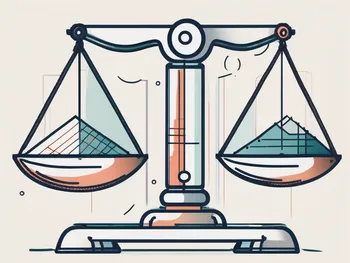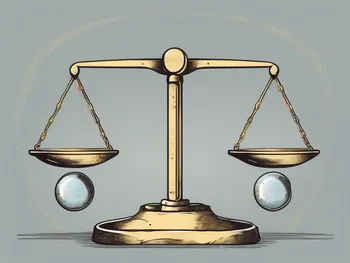Three Rising Methods for Technical Analysis
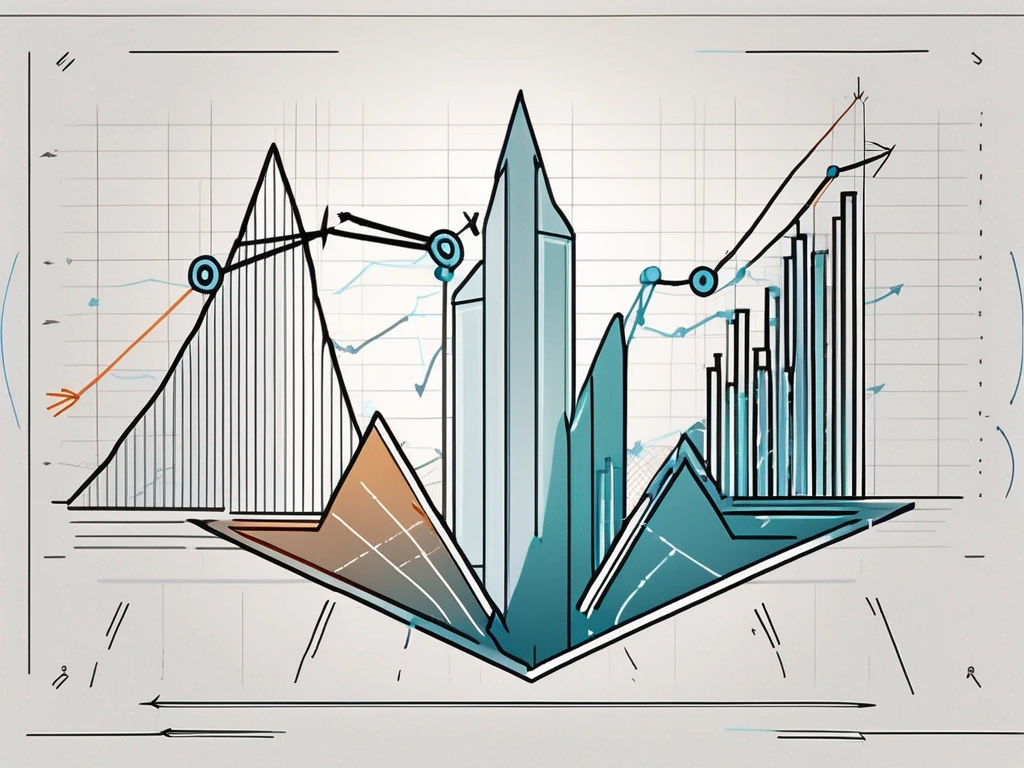
Technical analysis is a fundamental aspect of successful trading. It allows traders to make informed decisions by analyzing market trends, patterns, and indicators. In this article, I will guide you through three rising methods of technical analysis: candlestick patterns, moving averages, and the relative strength index (RSI). These methods, when utilized correctly, can provide valuable insights into market behavior and enhance your trading strategy.
Understanding Technical Analysis
Before delving into the specific methods, it’s important to recognize the significance of technical analysis in trading. Traders who rely solely on fundamental analysis may overlook crucial insights into market sentiment and trends. Technical analysis helps us understand past market behavior, identify patterns, and forecast potential future price movements.
Technical analysis is a powerful tool that provides traders with a deeper understanding of market dynamics. By studying historical price data and market indicators, traders can gain valuable insights into market trends and sentiment. This information allows traders to make more informed decisions and adapt their strategies to changing market conditions.
The Importance of Technical Analysis in Trading
One of the key advantages of technical analysis is its ability to help us make informed decisions based on historical data. By analyzing price charts, volumes, and indicators, we can identify trends, reversals, support, and resistance levels. This information, combined with proper risk management, increases our chances of making successful trades and maximizing profits.
Furthermore, technical analysis provides traders with a systematic approach to analyzing market data. By following predefined rules and methodologies, traders can reduce emotional bias in their decision-making process. This disciplined approach helps traders stay focused on their trading goals and avoid impulsive decisions that could lead to losses.
The Basics of Technical Analysis
Technical analysis is not limited to a single approach or method. It encompasses a wide range of tools and techniques. At its core, technical analysis focuses on studying price action and volume to understand market dynamics. By analyzing patterns, trends, and indicators, traders can make well-informed decisions about when to enter, exit, or hold positions.
Moreover, technical analysis is a dynamic field that continues to evolve with advancements in technology and data analysis. Traders have access to a wide range of technical analysis tools, from simple moving averages to complex algorithmic trading strategies. By staying updated on the latest trends and developments in technical analysis, traders can enhance their analytical skills and stay ahead of the competition.
The First Rising Method: Candlestick Patterns
Candlestick patterns are one of the oldest and most popular methods of technical analysis. These patterns provide valuable information about market sentiment and can help predict trend reversals or continuations.
Traders and analysts have been using candlestick patterns for centuries to interpret market dynamics and make informed trading decisions. The intricate patterns formed by the open, high, low, and close prices on a chart within a specific time period offer a glimpse into the psychology of market participants.
The Concept of Candlestick Patterns
Candlestick patterns are formed by the open, high, low, and close prices on a chart within a specific time period. These patterns can take various forms, such as doji, hammer, engulfing, or shooting star. Each pattern conveys a different message about market sentiment and potential price movements.
Doji patterns, for instance, represent indecision in the market, with the opening and closing prices nearly equal. On the other hand, a hammer pattern signals a potential reversal after a downtrend, as buyers step in to push the price higher from its lows. Understanding these patterns can give traders a competitive edge in anticipating market movements.
How to Use Candlestick Patterns in Technical Analysis
When analyzing candlestick patterns, it’s important to consider the overall trend and the significance of the pattern itself. For example, a bullish engulfing pattern during a downtrend may indicate a potential reversal or a strong buying opportunity. Conversely, a bearish shooting star pattern during an uptrend may signal a potential trend reversal or a good time to sell.
By combining candlestick patterns with other technical indicators and risk management strategies, traders can develop a comprehensive trading plan that accounts for various market scenarios. It’s essential to practice sound risk management and remain disciplined in executing trades based on candlestick patterns to navigate the complexities of the financial markets successfully.
The Second Rising Method: Moving Averages
Moving averages are another powerful tool in technical analysis. They help eliminate market noise and provide a clear direction of the trend. Moving averages are calculated by taking the average price over a specific period and then plotting it on the chart.
Understanding moving averages involves delving into the intricacies of how these indicators can offer valuable insights into market behavior. Traders rely on moving averages to smoothen out price data and identify potential entry and exit points for their trades. By analyzing the interactions between different moving averages, market participants can gain a deeper understanding of the underlying market sentiment.
Defining Moving Averages
There are various types of moving averages, including simple moving averages (SMA) and exponential moving averages (EMA). Simple moving averages are calculated by adding the closing prices over a specific period and dividing the sum by the number of periods. Exponential moving averages, on the other hand, assign a greater weight to recent data points, making them more reactive to current market conditions.
Traders often experiment with different types of moving averages to find the most suitable one for their trading strategy. While SMAs provide a straightforward representation of price movements, EMAs offer a more dynamic view that responds quickly to sudden market shifts.
The Role of Moving Averages in Market Trends
Moving averages help identify the overall trend direction and potential areas of support and resistance. When a shorter-term moving average crosses above a longer-term moving average, it may indicate a bullish trend. Conversely, when a shorter-term moving average crosses below a longer-term moving average, it may indicate a bearish trend. Traders often use moving averages to generate buy or sell signals.
Moreover, moving averages can act as dynamic support and resistance levels, guiding traders on potential price reversals or continuations. By observing how prices interact with different moving averages, traders can make informed decisions on when to enter or exit trades. This analytical approach based on moving averages forms a cornerstone of technical analysis and is widely used across various financial markets.
The Third Rising Method: Relative Strength Index (RSI)
The relative strength index (RSI) is a momentum oscillator that measures the speed and change of price movements. It helps identify overbought or oversold conditions and potential trend reversals.
An Introduction to Relative Strength Index
The RSI is plotted on a scale of 0 to 100. A reading above 70 is considered overbought, suggesting a potential price reversal or pullback. Conversely, a reading below 30 is considered oversold, indicating a potential price reversal or bounce. Traders often look for divergences between the RSI and price action to anticipate trend reversals.
Utilizing RSI in Technical Analysis
When analyzing the RSI, it’s crucial to consider the overall trend and the levels of overbought and oversold. For instance, in a strong uptrend, a temporary overbought reading on the RSI may not necessarily indicate an immediate reversal. Instead, it could suggest a continuation of the trend. The RSI should be used in conjunction with other indicators and price patterns for confirmation.
Comparing the Three Rising Methods
Now that we’ve explored the three rising methods of technical analysis, let’s compare their strengths and weaknesses. The choice of method ultimately depends on your trading style, timeframe, and personal preferences.
Strengths and Weaknesses of Each Method
Candlestick patterns are excellent for short-term traders who want to capture quick reversals or continuations. Moving averages provide a clearer view of the overall trend and can be used by traders of all timeframes. The RSI is beneficial for identifying potential overbought and oversold conditions, as well as divergences that may indicate upcoming reversals.
Choosing the Right Method for Your Trading Strategy
As a trader, it’s crucial to experiment with different methods and find what works best for your trading strategy. You may find that a combination of these methods, along with other technical indicators, provides the most accurate predictions. Remember, consistency, discipline, and risk management are key to successful trading.
FAQ
What is technical analysis?
Technical analysis is the study of historical price data, charts, and indicators to predict future price movements and make informed trading decisions.
Which method is best for short-term trading?
Candlestick patterns are well-suited for short-term traders as they provide valuable insights into short-term reversals or continuations.
Which method is best for identifying the overall trend?
Moving averages are particularly useful for identifying the overall trend direction and potential areas of support and resistance.
How can the RSI help in trading?
The RSI helps identify overbought or oversold conditions and potential trend reversals. It can be used in conjunction with other indicators and price patterns for confirmation.
Can I use a combination of these methods?
Absolutely! Many traders combine multiple methods, along with other technical indicators, to gain a comprehensive understanding of market behavior and make accurate predictions.
I hope this article has provided you with valuable insights into the rising methods of technical analysis. Remember to constantly practice and refine your analysis skills, as the market is ever-changing. Happy trading!
Ready to elevate your trading game with the innovative methods discussed? Embrace the future of investing with Morpher, the revolutionary trading platform that leverages blockchain technology for zero fees, infinite liquidity, and a truly unique trading experience. Whether you’re interested in stocks, cryptocurrencies, or even niche markets like NFTs, Morpher’s fractional investing, short selling capabilities, and up to 10x leverage have got you covered. Sign up now to take control of your investments and receive your free sign-up bonus. Begin your journey with Morpher to democratized trading today!

Disclaimer: All investments involve risk, and the past performance of a security, industry, sector, market, financial product, trading strategy, or individual’s trading does not guarantee future results or returns. Investors are fully responsible for any investment decisions they make. Such decisions should be based solely on an evaluation of their financial circumstances, investment objectives, risk tolerance, and liquidity needs. This post does not constitute investment advice.

Painless trading for everyone
Hundreds of markets all in one place - Apple, Bitcoin, Gold, Watches, NFTs, Sneakers and so much more.

Painless trading for everyone
Hundreds of markets all in one place - Apple, Bitcoin, Gold, Watches, NFTs, Sneakers and so much more.



